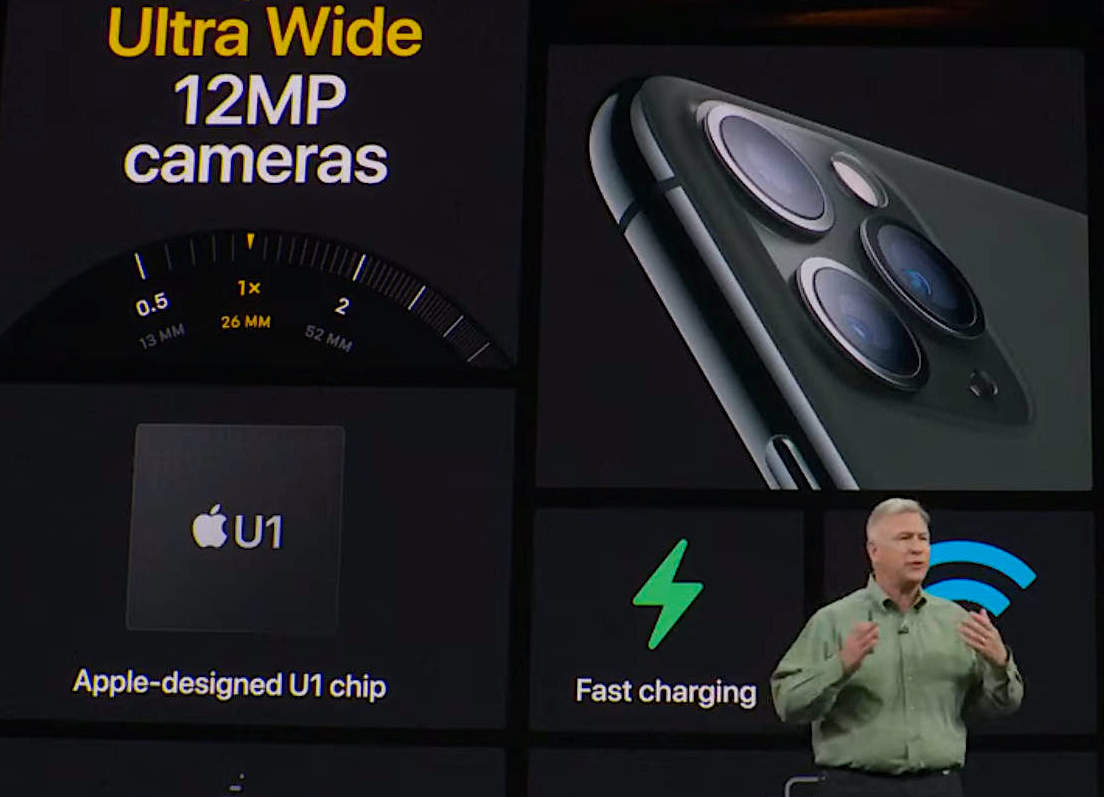Stare At A Cylinder Mac OS
What version of the OS X is pre-installed on the Cylinder Mac Pro models? What is the maximum version of OS X supported? Is it possible to run earlier versions of OS X? Can the Cylinder Mac Pro run OS X applications written for 32-Bit Intel Macs, PowerPC-based Macs, or Mac OS 9? How do you restore the operating system on the Cylinder Mac Pro models? Can the Cylinder Mac Pro run Windows or Linux? Stare at the center of the disk for about 15 seconds. Stare at the palm of your hand. Notice that your palm seems to be turning in the opposite direction from the way you turned the wheel. Read reviews, compare customer ratings, see screenshots, and learn more about Skitch - Snap. Download Skitch - Snap. For macOS 10.11 or later and enjoy it on your Mac.
A Troubleshooting Protocol to Identify Problems or Fix macOS El Capitan or Later
You should try each, one at a time, then test to see if the problem is fixed before going on to the next.
Stare At A Cylinder Mac Os X
Be sure to backup your files before proceeding if possible.


- Shutdown the computer, wait 30 seconds, restart the computer.
- Disconnect all third-party peripherals and remove any support software like drivers and plug-ins.
- Start the computer in Safe Mode, then restart normally. This is slower than a standard startup.
- Repair the disk by booting from the Recovery HD. Immediately after the chime hold down the Command and Rkeys until the Utility Menu appears. Choose Disk Utility and click on the Continue button. Select the indented (usually, Macintosh HD) volume entry from the side list. Click on the First Aid button in the toolbar. Wait for the Done button to appear. Quit Disk Utility and return to the Utility Menu. Restart the computer from the Apple Menu.
- Create a New User Account Open Users & Groups preferences. Click on the lock icon and enter your Admin password when prompted. On the left under Current User click on the Add [+] button under Login Options. Setup a new Admin user account. Upon completion log out of your current account then log into the new account. If your problems cease, then consider switching to the new account and transferring your files to it - Transferring files from one User Account to another.
- Download and install the OS X El Capitan 10.11.6 Combo Update or 10.12.6 Combo Update or Download macOS High Sierra 10.13.3 Combo Update as needed.
- Reinstall OS X by booting from the Recovery HD using the Command and R keys. When the Utility Menu appears select Reinstall OS X then click on the Continue button.
- Erase and Install OS X Restart the computer. Immediately after the chime hold down the CommandandRkeys until the Apple logo appears. When the Utility Menu appears:
- Select Disk Utility from the Utility Menu and click on Continue button.
- When Disk Utility loads select the drive (out-dented entry) from the Device list.
- Click on the Erase icon in Disk Utility's toolbar. A panel will drop down.
- Set the Format type to APFS (for SSDs only) or Mac OS Extended (Journaled.)
- Click on the Apply button, then wait for the Done button to activate and click on it.
- Quit Disk Utility and return to the Utility Menu.
- Select Reinstall OS X and click on the Continue button.
Stare At A Cylinder Mac Os 11
Feb 24, 2018 5:52 PM